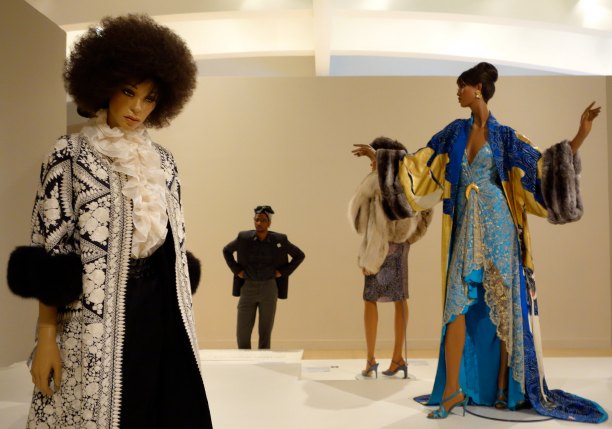Hand on hips. That’s the stance to take with literatures work.
Hands on hips is a metaphor.
Think about times when you have put your hands on your hips, stood back and looked at something. Your gaze is not neutral and neither is your thinking.
You are summing up. What does this thing in front of you mean?
You are evaluating. How adequate is this thing in front of you? What are its strengths and weaknesses? What is memorable about it?
You are critiquing. This doesn’t simply mean being negative – it means that you are applying a set of normative criteria to what you see. What does this thing in front of you add up too? In sum, what does it amount to?

Yes, hands on hips is a metaphor.
But it is also an exercise. Try it. Hands on hips is visceral. How does it feel to stand hands on hips? How does it position you? We can imagine – or if we actually stand with our hands on hips we can feel – the attitude that we embody.
Hands on hips. Well yes, we say to ourselves. Here it is. Well, let me tell you what I think about it.
Stand back, hands on hips. Observe the literatures in front of you.
Now consider what you want to say about them as a body – a corpus. What particular groups stand out for you? Do any particular texts strike you as being more important than others? Or more relevant? Why?
Hands on hips. It is a very important strategy for anyone engaging with literatures. That’s because hands on hips stance counteracts the laundry list approach.
The laundry list literature review is when you simply list off summaries of texts roughly grouped together under headings. The laundry list literature review has no critical stance, it offers no evaluation. It is as if all the texts are equally important. Or perhaps some are worthy of pulling out for particular commentary – but the reasons why these should be selected and not others are not clear to anyone but the writer. The evaluative meta-commentary in a laundry list has gone missing in action.
Hands on hips mean asking of the literatures, as you engage with them – what argument is made here? What evidence and method are used? What research and knowledge traditions is the text located in? What are the implications of the claims? What can this research do and not do?
Hand on hips means creating groupings and patterns in the literatures that connect to your research topic. Justifying why this, and not that. Drawing a boundary right here and not out there. Establishing the key themes that you will draw on in your research. Locating your work in the field. Signalling the potential contribution you will make.
Hands on hips. Stand back and critically evaluate your literatures.
Hands on hips is a term that Barbara Kamler and I offer in our book Helping Doctoral Students write: Pedagogies for supervision. Routledge 2006, 2014 second edition.
Image credit: Kevin Irvine. Flickr Commons










I’ve been talking to students in terms of the need for a different “posture” for a couple of years when doing lit reviews, but this metaphor will make that idea much more concrete and helpful. Thanks, Pat!
LikeLike
Pingback: literatures work – and a pair of new shoes… | patter
I really like this -very useful, thanks!
LikeLike